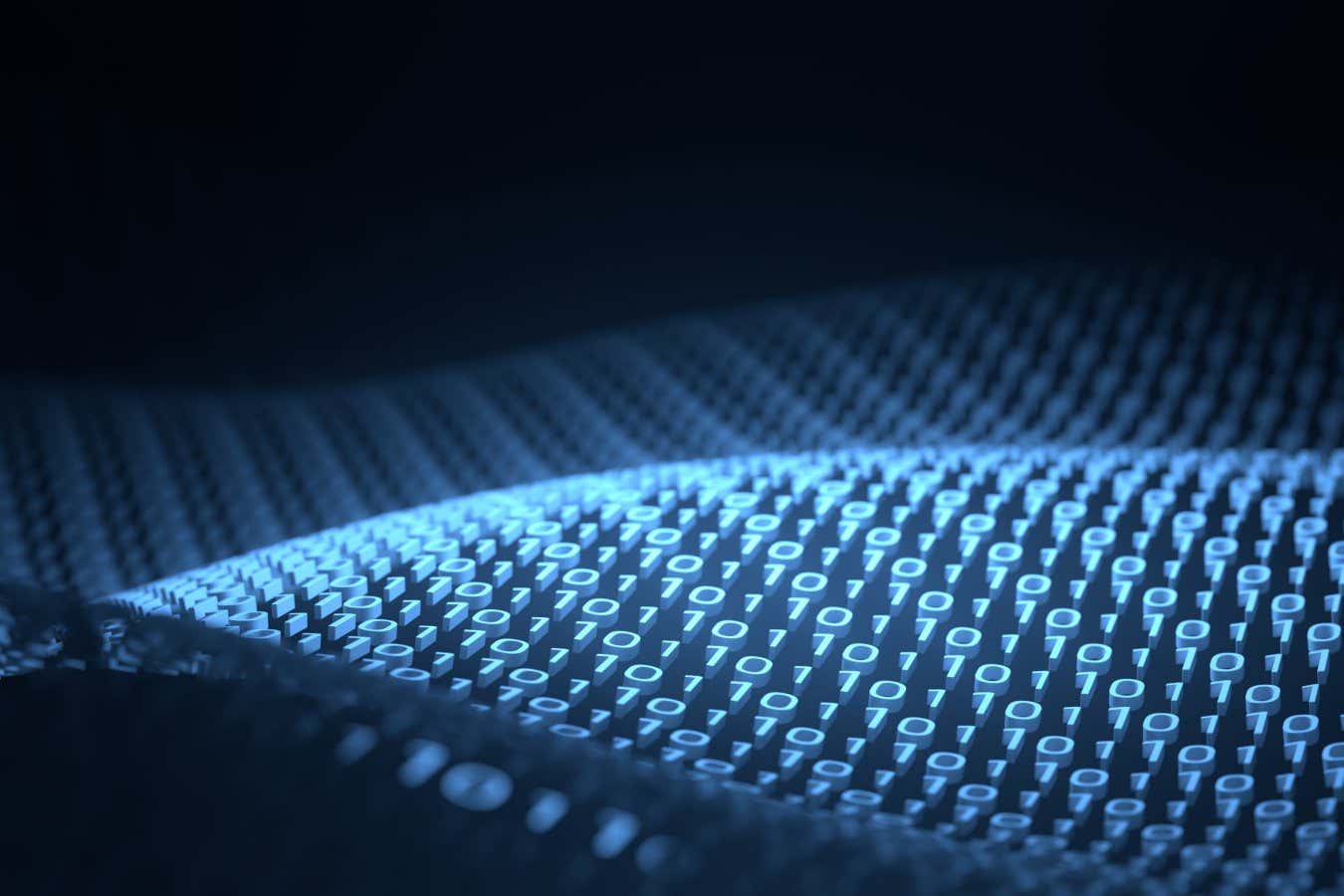A group of 51 superconducting qubits have been entangled inside a quantum computer, not just in pairs but in a complex system that entangles each qubit to every other one
By Karmela Padavic-Callaghan
12 July 2023
Researchers used the Zuchongzhi quantum computer to entangle dozens of qubits simultaneously
JLStock/Shutterstock
A record-breaking number of quantum bits, or qubits, have been proven to be entangled inside a quantum computer. There have been previous attempts to achieve this with a relatively large number of qubits, but none have been able to verify the entanglement.
For two entangled quantum particles, changing some property of one automatically changes that same property of the other. For a larger number of particles, not only can each pair be entangled, but all of them can be entangled with each of the others as well.
Researchers worked out how to entangle three or four particles of light in this more complex way in the late 1980s. More recently, as many as 27 qubits have been entangled in quantum computers. Now, Xiao-bo Zhu at the University of Science and Technology of China and his colleagues have pushed that number to 51 qubits.
Advertisement
Read more:
Cryptographers bet cash on when quantum computers will beat encryption
The researchers used the Zuchongzhi quantum computer, which was previously used to solve complex problems so quickly that researchers claimed that it had reached quantum supremacy – meaning it was unbeatable by any conventional supercomputer. Zuchongzhi contains 66 superconducting qubits, which are tiny loops of a material that conducts electricity without losses. The researchers controlled the state of the qubits with microwaves, and tuned how different qubits interacted with each other by hitting them with pulses of magnetic fields.
They used these controls to apply quantum logic gates – sequences of operations that change the quantum states of the qubits – to many pairs of qubits simultaneously. In this way, they entangled 51 qubits arranged in a line and 30 qubits arranged in a two-dimensional plane, a record number in each case.
